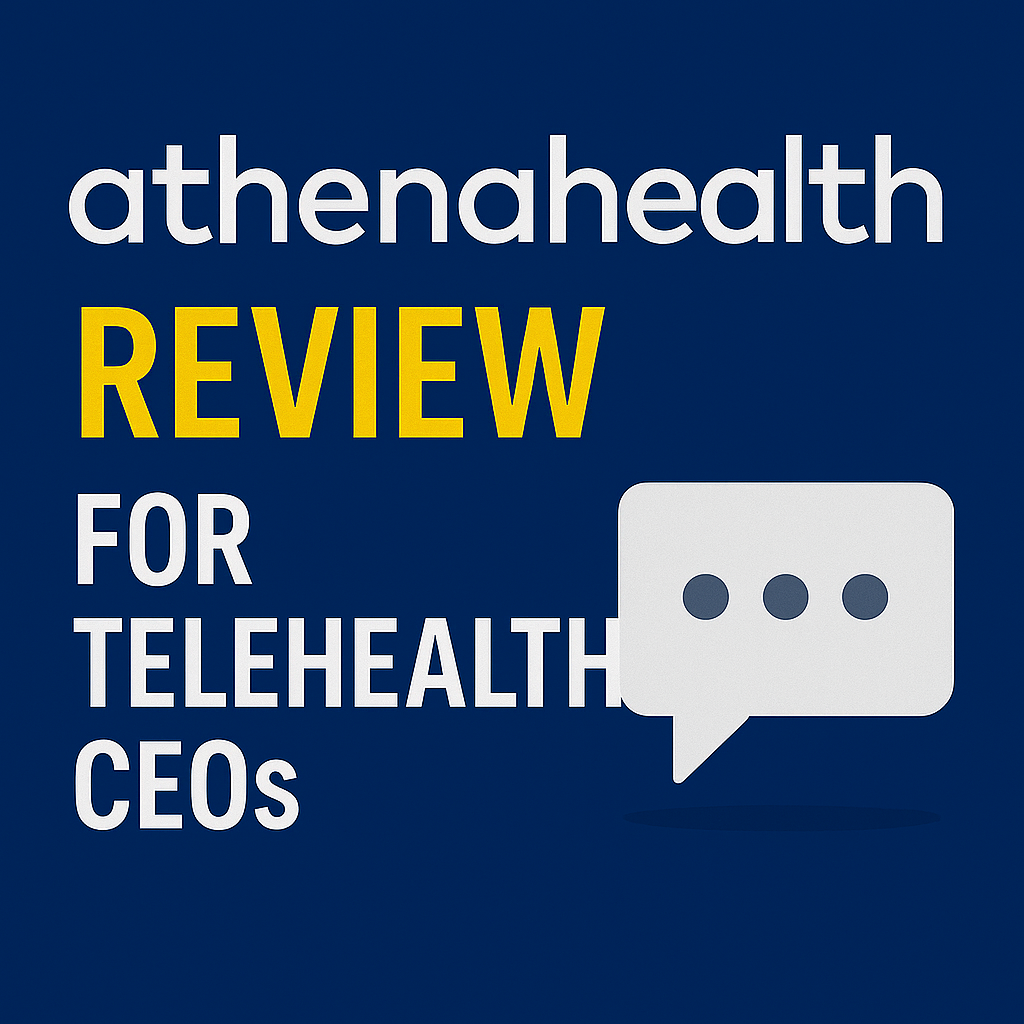Introduction: Why Pricing Models Make or Break Telehealth
Most telehealth founders obsess over TAM, CAC, and compliance. But the biggest growth lever — and often the biggest blind spot — is pricing.
👉 The wrong pricing model burns cash and scares investors.
👉 The right pricing model builds retention, employer contracts, and valuation moats.
This post breaks down the telehealth pricing models that matter, how unit economics work for each, and what CEOs, boards, and investors need to know to scale.
Section 1: Why Pricing Models Are Board-Level Issues
- CAC Payback → Without recurring revenue, CAC never pays back.
- LTV Expansion → Pricing drives stickiness and subscription revenue.
- Employer & Payer Contracts → Buyers demand ROI tied to pricing models.
- Valuation Multiples → Investors reward subscription-based, defensible pricing.
CEO Lens: Pricing isn’t billing. It’s strategy.
Section 2: The Four Core Telehealth Pricing Models
1. Pay-Per-Visit (Transactional Model)
- Example: urgent care telehealth.
- Simple, transparent.
- Revenue = flat per encounter.
Economics:
- CAC $150–$200.
- Average revenue per patient = $75–$150.
- No recurring revenue.
Strengths:
- Easy to explain.
- Works for low-frequency use cases (urgent care).
Weaknesses:
- Weak retention.
- Fragile LTV.
- Investors discount heavily.
2. Subscription / Membership Model
- Example: Ro, Hims, Thirty Madison.
- Patients pay monthly for bundled care + prescriptions.
Economics:
- CAC $150–$250.
- Monthly revenue $50–$200.
- Average LTV = $800–$1,500+.
Strengths:
- Predictable revenue.
- CAC payback within 3–6 months.
- Strong multiples (7–9x).
Weaknesses:
- Churn risk if care is transactional.
- Requires bundled value (prescriptions, content, follow-up).
3. Insurance Reimbursement Model
- Example: Teladoc, Amwell.
- Provider bills payers.
- Reimbursed at parity or near-parity.
Economics:
- CAC = $0 (covered by insurance network).
- Revenue per encounter = $50–$120.
- LTV tied to payer contracts.
Strengths:
- Scales with payer adoption.
- Lower consumer CAC.
Weaknesses:
- Slow payer adoption.
- Revenue subject to regulatory changes.
- Harder for startups without scale.
4. Employer / Payer Contract Model
- Example: Omada, Vida Health.
- Employers pay PMPM (per member, per month).
- Focus on outcomes + ROI.
Economics:
- PMPM = $5–$50.
- Contracts cover 1,000–100,000 lives.
- LTV = multi-year contracts.
Strengths:
- High retention.
- Strong multiples.
- Employer demand for fertility, GLP-1, menopause, mental health.
Weaknesses:
- Requires outcomes proof.
- Long sales cycle.
Section 3: Emerging Hybrid Models
- Cash + Subscription → Low CAC entry, upsell to membership.
- Employer + Consumer → Dual-track models (e.g., Calm, Headspace).
- Subscription + Insurance → Blend of predictable consumer revenue + payer coverage.
Section 4: Case Example — Fragile vs. Defensible
Company A (Fragile):
- Pay-per-visit urgent care telehealth.
- CAC $200, revenue per patient $120.
- LTV = $120.
- Valuation multiple = 2x.
Company B (Defensible):
- Subscription-based hormone therapy telehealth.
- CAC $180, monthly revenue $100.
- Average patient LTV $1,200.
- Employer contracts add PMPM layer.
- Valuation multiple = 8x.
Lesson: Pricing drives multiples.
Section 5: How Pricing Impacts Unit Economics
CAC Payback
- Transactional = weak, no payback.
- Subscription = 3–6 months.
- Employer contracts = immediate ROI if contract covers CAC.
LTV
- Transactional = $100–$200.
- Subscription = $800–$1,500+.
- Employer contracts = $2,000–$5,000+ per patient.
Valuation Multiples
- Transactional = 2–3x.
- Subscription = 7–9x.
- Employer contracts = 9–12x.
Section 6: Investor Perspective
Investors ask:
- Is CAC payback <12 months?
- Is LTV 3–5x CAC?
- Are outcomes proven in employer/payer contracts?
- Is churn <10% annually?
- Is pricing model defensible?
Weak answer: “We charge per visit.”
Strong answer: “We drive $1,200 LTV on subscriptions with <8% churn and 3 employer contracts.”
Section 7: Pricing Model Audit Checklist
- Do you have recurring revenue?
- Is CAC payback <12 months?
- Is LTV at least 3–5x CAC?
- Do you have employer/payer contracts?
- Do you track outcomes tied to pricing?
- Can you defend multiples to investors?
If you answered “no” to more than two, your pricing model is fragile.
CTA: Why You Need Pricing Architecture Early
Most telehealth CEOs treat pricing as billing. Investors see it as valuation strategy.
The right time to design pricing is before scaling.
That’s why I built the Growth Clarity Diagnostic™.
In one focused session, we’ll:
- Audit your pricing model.
- Map CAC/LTV economics.
- Build an investor-ready revenue strategy.
👉 [Book your Growth Clarity Diagnostic™ here.]
Because in telehealth, pricing isn’t billing. It’s growth architecture.
FAQ
Which telehealth pricing model is best for startups?
Subscription models are most scalable, but employer contracts are best long-term.
Are pay-per-visit models still viable?
Yes for urgent care, but weak LTV limits valuation.
Do investors prefer subscription or employer contracts?
Both. Subscription proves CAC/LTV, employer contracts prove ROI.
What’s the biggest pricing mistake?
No recurring revenue → fragile LTV.
Can I blend multiple models?
Yes. Hybrid models (subscription + employer) are increasingly common.




